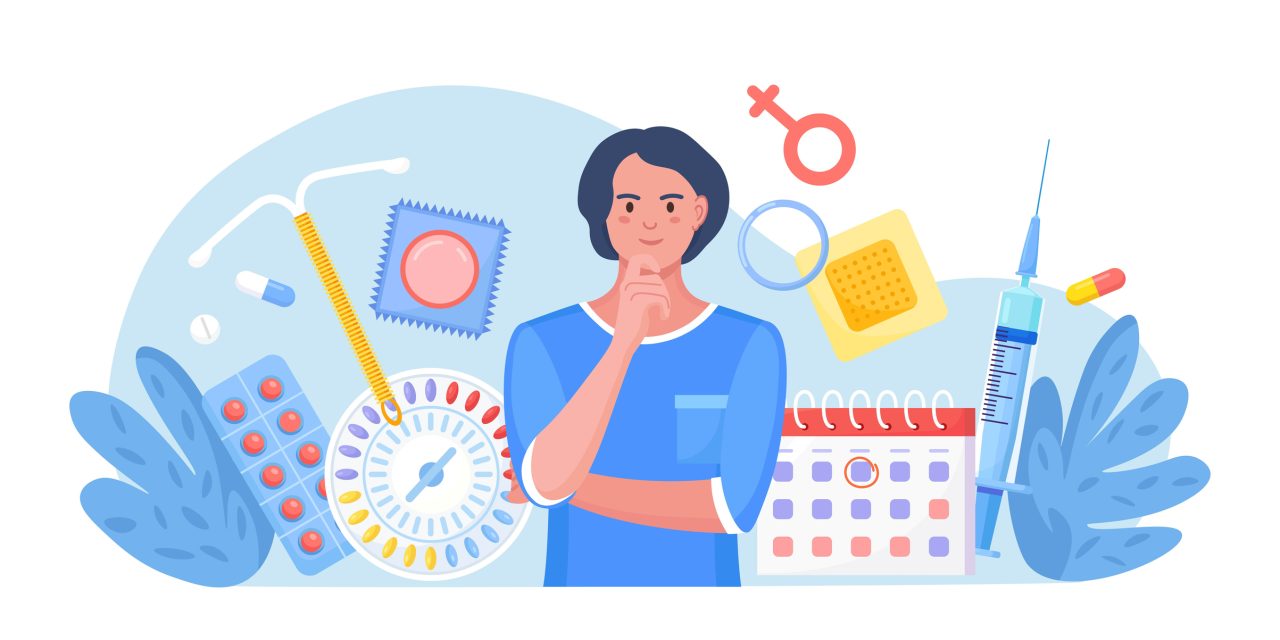What is the agreement between antral follicle count (AFC) and anti-Müllerian hormone (AMH) levels when used to patient classification according to the Patient-Oriented Strategies Encompassing IndividualizeD Oocyte Number (POSEIDON) criteria?
Our study indicates a strong agreement between the AFC and the AMH levels in classifying POSEIDON patients; thus, either can be used for this purpose, although one in four women will have discordant values when both biomarkers are used.
According to the POSEIDON criteria, both AFC and AMH may be used to classify low-prognosis patients. Proposed AFC and AMH thresholds of 5 and 1.2 ng/ml, respectively, have their basis in published literature; however, no study has yet determined the reproducibility of patient classification in comparing one biomarker with the other, nor have their thresholds ever been validated within this patient population.
A population-based cohort study involving 9484 consecutive patients treated in three fertility clinics in Brazil, Turkey and Vietnam between 2015 and 2017.
Participants were infertile women between 22 and 46 years old in their first in vitro fertilization/intracytoplasmic sperm injection cycle of standard ovarian stimulation with exogenous gonadotropins whose baseline ovarian reserves had been assessed by both AFC and AMH. Details of pre- and post-treatment findings were input into a coded research file. Two indicators of interest were created to classify patients according to the POSEIDON criteria based upon AFC and AMH values. Patients who did not fit any of the four POSEIDON groups were classified as non-POSEIDON. AFC was determined in the early follicular phase using two-dimensional (2D) transvaginal ultrasonography, whereas AMH values were based on the modified Beckman Coulter generation II enzyme-linked immunosorbent assay. Agreement rates were computed between AFC and AMH to classify patients using Cohen’s kappa statistics. Logistic regression analyzes were carried out to examine the association between ovarian markers and low (<4) and suboptimal (4-9) oocyte yield.
The degree of agreement in classifying patients according to POSEIDON groups was strong overall (kappa = 0.802; 95% CI: 0.792-0.811). A total of 73.8% of individuals were classified under the same group using both biomarkers. The disagreement rates were ∼26% and did not diverge when AFC or AMH was used as the primary biomarker criterion. Significant regression equations were found between ovarian markers and oocyte yield (P < 0.0001). For low oocyte yield, the optimal AFC and AMH cutoff values were 5 and 1.27 ng/ml with sensitivities of 0.61 and 0.66, specificities of 0.81 and 0.72, and AUC receiver operating characteristics of 0.791 and 0.751, respectively. For suboptimal oocyte yield respective AFC and AMH cutoffs were 12 and 2.97 ng/ml with sensitivities of 0.74 and 0.69, specificities of 0.76 and 0.66 and AUCs of 0.81 and 0.80.
Our study relied on 2D transvaginal sonography to quantify the AFC and manual Gen II assay for AMH determination and classification of patients. AMH data must be interpreted in an assay-specific manner. Treatment protocols varied across centers potentially affecting patient classification.
Three of four patients will be classified the same using either AFC or AMH values. Both biomarkers provide acceptable and equivalent accuracy in predicting oocyte yield further supporting their use and proposed thresholds in daily clinical practice for patient classification according to the POSEIDON criteria. However, the sensitivity of POSEIDON thresholds in predicting low oocyte yield is low. Clinicians should adopt the biomarker that may best reflect their clinical setting.
Unrestricted investigator-sponsored study grant (MS200059_0013) from Merck KGaA, Darmstadt, Germany. The funder had no role in study design, data collection, analysis, decision to publish or manuscript preparation. S.C.E. declares receipt of unrestricted research grants from Merck and lecture fees from Merck and Med.E.A. H.Y. declares receipt of payment for lectures from Merck and Ferring. L.N.V. receives speaker fees and conferences from Merck, Merck Sharp and Dohme (MSD) and Ferring and research grants from MSD and Ferring. T.M.H. received speaker fees and conferences from Merck, MSD and Ferring. The remaining authors have nothing to disclose.
not applicable.
© The Author(s) 2021. Published by Oxford University Press on behalf of European Society of Human Reproduction and Embryology. All rights reserved. For permissions, please email: journals.permissions@oup.com.
Antral follicle count and anti-Müllerian hormone to classify low-prognosis women under the POSEIDON criteria: a classification agreement study of over 9000 patients.


